As we observe Black History Month, it’s crucial to highlight the extraordinary contributions of African American inventors whose ingenuity has significantly shaped our technological landscape. These pioneers not only enriched our understanding of scientific and technological possibilities but also paved the way for future generations to aspire and achieve. Teachers have a unique opportunity to delve into the lives of these remarkable individuals, fostering a culture of appreciation and inspiration among students.
Mark E. Dean: Engineering the Future of Personal Computing
A pivotal figure in the development of personal computing, Dean held key positions at IBM where he led the team that developed the ISA bus, and he co-created the first color PC monitor among other innovations. His contributions to computer hardware and architecture have had a lasting impact on the technology industry, making computing more accessible and powerful. As one of the first African Americans to become an IBM Fellow, Dean’s work challenges stereotypes and inspires future generations of African American engineers and inventors.
Mark E. Dean biography on ethw.org
Katherine Johnson: Navigating the Frontiers of Space
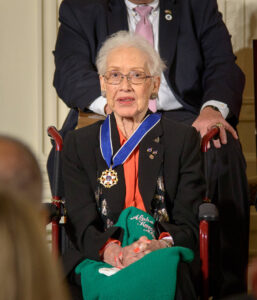
A mathematician whose calculations were crucial to the success of U.S. manned spaceflights, including the Apollo moon landing mission. Johnson’s work at NASA, where she was known for her accuracy in computerized celestial navigation, played a significant role in the safe orbit and return of astronauts from space. Her achievements, recognized with the Presidential Medal of Freedom, shattered racial and gender barriers in STEM fields, highlighting the critical role of African American women in space exploration and scientific research.
Katherine Johnson biography on ethw.org
Lewis Latimer: Illuminating the Path of Progress
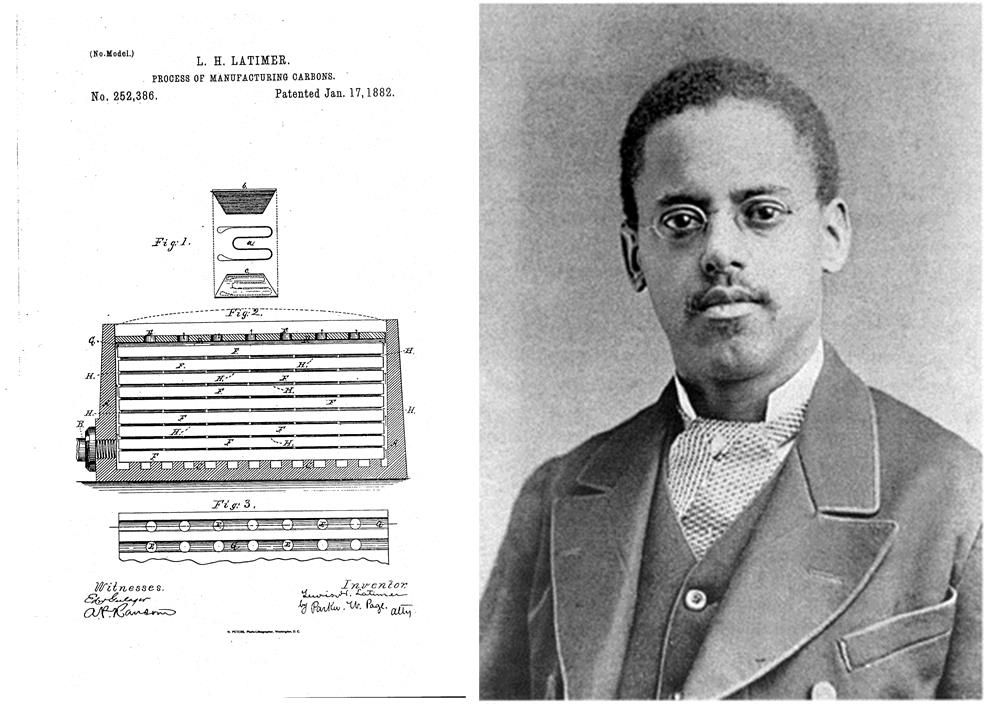
An influential African American inventor, Latimer was instrumental in the development of the electric light bulb and the telephone. Born to escaped slaves, he was a self-taught draftsman who worked closely with Alexander Graham Bell and later Thomas Edison. Latimer’s improvement of the carbon filament made electric lighting more practical and affordable, significantly impacting the spread of electric light technology. His legacy extends beyond his inventions, symbolizing the significant contributions of African Americans to science and technology during a time when they faced considerable social and racial barriers.
Lewis Latimer biography on ethw.org
Electronic Lighting Inquiry Unit
Alexander Miles: Elevating Safety and Innovation
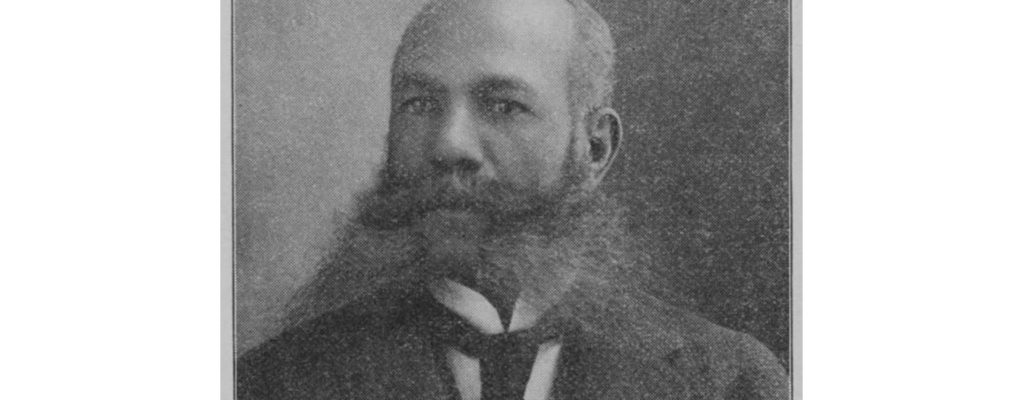
Renowned for revolutionizing elevator safety with his automatic door mechanism, Miles’ invention addressed the dangers associated with manual elevator doors, significantly reducing elevator-related accidents. His design, which allowed the elevator shaft doors to open and close automatically in conjunction with the elevator car doors, became a standard feature in modern elevator systems, demonstrating the lasting impact of his work on daily life and urban development. Despite the racial hurdles of his time, Miles achieved great success as an inventor and businessman, leaving a legacy that underscores the importance of African American innovation in shaping modern technology.
Alexander Miles biography on REACH
Garrett Morgan: A Beacon of Safety and Innovation
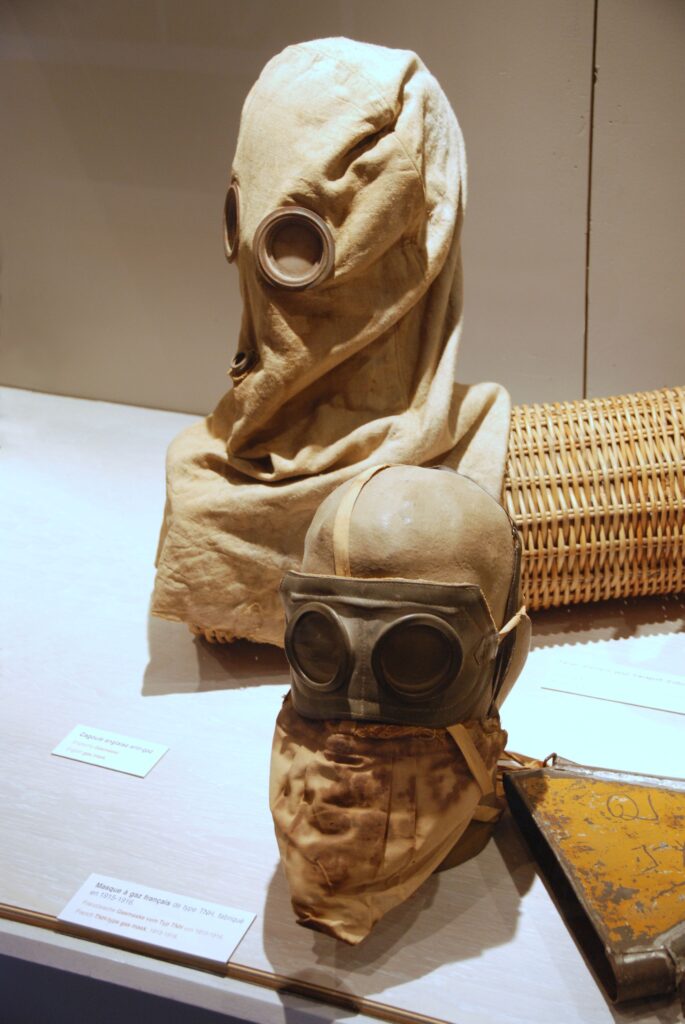
Known for his invention of the Safety Hood (an early version of the gas mask) and the three-position traffic signal, Morgan’s innovations have saved countless lives and improved public safety. The Safety Hood, recognized for its efficacy during a tragic tunnel explosion under Lake Erie, illustrated Morgan’s ingenuity in solving practical problems. His traffic signal invention addressed the growing need for systematic traffic control in the early 20th century, laying groundwork for modern traffic management systems. Despite facing racial discrimination, Morgan’s inventions garnered him significant recognition and success, showcasing the vital contributions of African American inventors to society.
Garrett Morgan biography on ethw.org
Granville T. Woods: The Railway Revolutionary
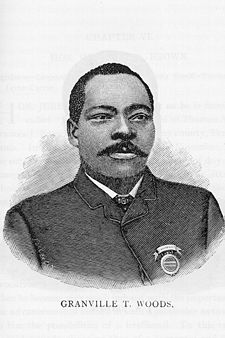
Often referred to as “The Black Edison,” Woods was a prolific inventor with numerous patents in the fields of electric railway technology and communications. His most notable invention, the Synchronous Multiplex Railway Telegraph, revolutionized railway communication by enabling moving trains to communicate with each other and with stations, significantly enhancing operational safety and efficiency. Woods’ inventive genius not only advanced the field of electrical engineering but also paved the way for future African American inventors facing racial challenges.
Granville T. Woods biography on ethw.org
Refrigerated Railcar Inquiry Unit
About IEEE REACH Lesson Plans:
REACH provides full lesson plans that are researched and vetted by Ph.D. Historians. All the program resources meet both the United States and International education standards, including the National Council for the Social Studies (NCSS) C3 (College, Career, and Civics) standards and the Social Studies Common Core standards, in addition to the Next Generation Science Standards. They also meet the International Technology and Engineering Educators Associations’ (ITEEA) Standards for Technology and Engineering Literacy or STEL.
